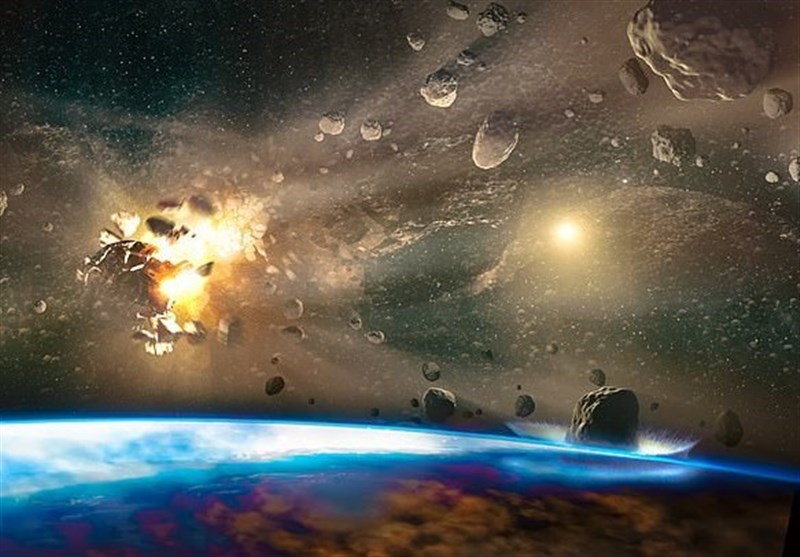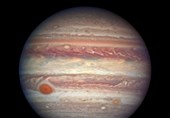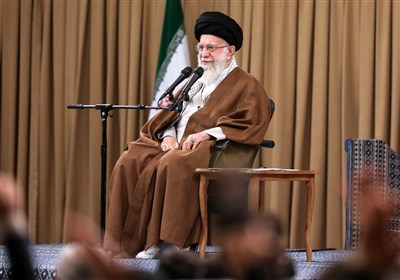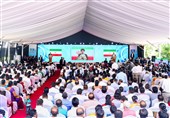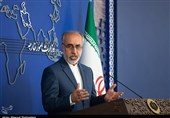Doomsday Program Created to Decide What to Do If Asteroid Hits Earth
TEHRAN (Tasnim) – A team of scientists at MIT have developed a computer program that will help humans decide how to best deal with the end of the world, so long as that comes in form of a catastrophic asteroid collision.
Experts say there as many as two or three new asteroids, sometimes called ‘Near Earth Objects,’ discovered every night.
It’s inevitable that one of these asteroids will eventually end drifting into a collision course with Earth, the Daily Mail reported.
“People have mostly considered strategies of last-minute deflection, when the asteroid has already passed through a keyhole and is heading toward a collision with Earth,” Sung Wook Paek, of MIT’s Department of Aeronautics and Astronautics, told MIT News.
“I’m interested in preventing keyhole passage well before Earth impact. It’s like a preemptive strike, with less mess.”
Paek’s team designed the program to evaluate the mass, momentum, trajectory, and time before projected impact to aid humans with the high-stakes decision making involved in averting global catastrophe.
The crux of the decision comes down to something called a gravitational keyhole, a point in space where an asteroid's orbital path would have it pass into Earth’s gravitational field and gradually circle its way down to the planet surface.
If asteroids can be detected before reaching this point, they can be redirected with minor changes in course—sometimes as little as a few centimeters per second.
Yet, with the stakes so high and the windows for success so narrow, there’s little room for human error or hesitation.
“Does it matter if the probability of success of a mission is 99.9 percent or only 90 percent?” MIT co-author Olivier de Weck said.
“When it comes to deflecting a potential planet-killer, you bet it does. Therefore, we have to be smarter when we design missions as a function of the level of uncertainty.
“No one has looked at the problem this way before.”
The most effective method, according to a 2007 NASA recommendation to Congress, is to send a nuclear missile to detonate on the asteroid surface.
This option would also leave a substantial amount of nuclear debris in orbit around the planet, which would eventually reenter the atmosphere and cause a number of complications, making it the most controversial and least likely.
A better option would be to use a ‘kinetic impactor,’ such as a rocket or large projectile to knock the asteroid off course, similar to hitting a billiard ball with a cue.
This option comes with a substantial amount of uncertainty as it would depend on the projectile travelling on exactly the right trajectory at the right time and delivering the right amount of force to have an effect on the asteroid.
To test their program, Paek’s team ran a number of simulations using two known NEOs, Apophis and Bennu, while altering the coordinates of their gravitational keyholes in the simulation to see how different times to impact affected the outcomes.
The computer came up with a variety of different approaches depending on the amount of time left.
In one simulation where there was five years left before passing through its gravitational keyhole, the simulation sent two scout ships, one to meet the asteroid and measure its exact dimensions and another to nudge it slightly.
Afterward, a full sized impactor vessel was launched to push it all the way off course.
In another simulation, where there was less than a year left before the asteroid entered its keyhole, Paek said, it would be too late for scouts, and just sending a kinetic impactor might not reach the asteroid before it passed through.
